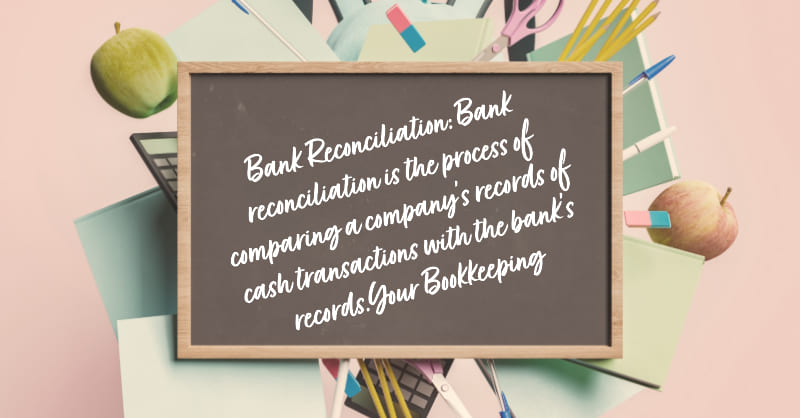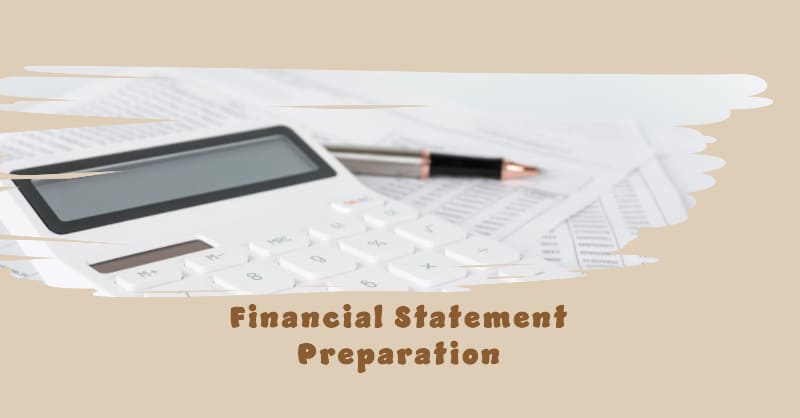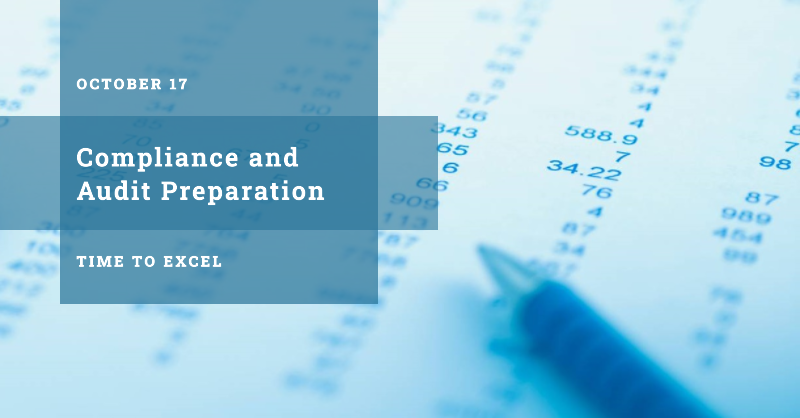Bookkeeping Workflow
The bookkeeping workflow involves a systematic process for managing financial transactions and maintaining accurate records. It typically includes steps such as collecting and organizing financial documents, recording and classifying transactions, reconciling bank statements, preparing adjusting entries and closing procedures, and generating financial reports. The workflow ensures that transactions are properly recorded, financial statements are prepared accurately, compliance is maintained, and valuable financial information is available for analysis and decision-making. By following a well-defined bookkeeping workflow, businesses can effectively track their finances, monitor performance, and meet regulatory requirements.
Document Collection and Organization: In Context with Bookkeeping Workflow, Document collection and organization involve gathering and arranging financial documents such as invoices, receipts, and bank statements in a systematic manner. This process ensures easy access to information, facilitates accurate record-keeping, and assists in the preparation of financial statements and compliance with regulations.
Transaction Recording and Classification: In Context with Bookkeeping Workflow, Transaction recording, and classification involve accurately entering financial transactions into the accounting system and assigning appropriate account codes or categories. This process ensures that transactions are properly recorded, enabling the preparation of financial statements, analysis of business performance, and adherence to accounting principles and regulations.
Bank Reconciliation:

Bank reconciliation is the process of comparing a company’s records of cash transactions with the bank’s records. It involves verifying and matching transactions in the company’s books with those on the bank statement, resolving discrepancies, and ensuring accurate reporting of cash balances in the financial statements.
Financial Statement Preparation:

Financial statement preparation involves compiling and presenting financial data in standardized formats, such as the income statement, balance sheet, and cash flow statement. This process ensures that the financial statements accurately reflect the company’s financial position, performance, and cash flows, enabling stakeholders to make informed decisions.
Adjusting Entries and Closing Procedures: Adjusting entries are made at the end of an accounting period to ensure that financial statements reflect accurate and up-to-date information. Closing procedures involve transferring temporary account balances to permanent accounts and preparing the books for the next accounting period. These processes ensure that financial records are properly adjusted, allowing for accurate financial reporting and analysis.
Reporting and Analysis: Reporting and analysis involve creating various financial reports and conducting analyses to provide information to stakeholders. This includes the preparation of monthly or quarterly financial reports, management reports, variance analysis, and performance metrics. The goal is to communicate the financial position, results of operations, and other relevant information to support decision-making and monitor business performance.
Compliance and Audit Preparation:

Compliance entails adhering to relevant laws, regulations, and accounting standards. It involves ensuring that financial transactions and reporting comply with guidelines such as GAAP or IFRS. Audit preparation involves gathering and organizing financial records, supporting documentation, and other relevant information to facilitate the external audit process. These activities ensure that the company operates within legal and regulatory frameworks and can provide accurate and reliable financial information to auditors.



